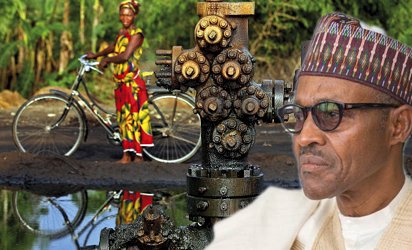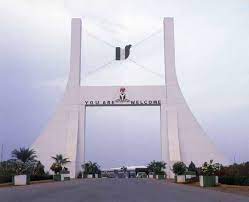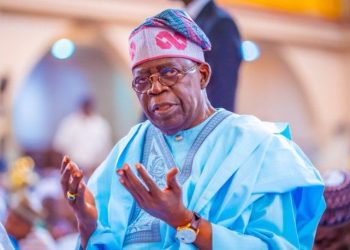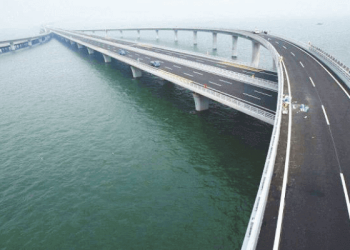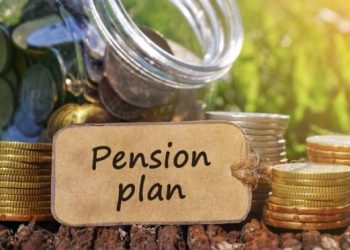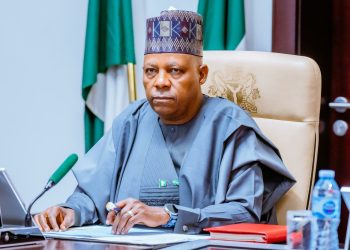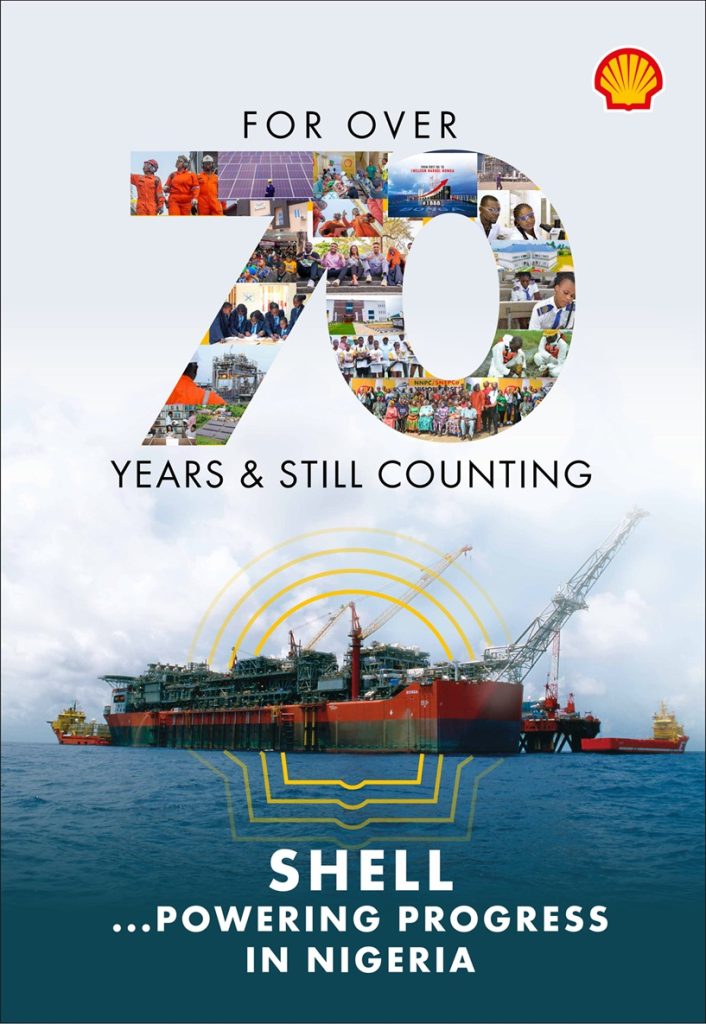August 4 this year would mark the 5th anniversary of the release of the UN agency’s report on its independent assessment of the environmental and public health impacts of oil contamination in Ogoniland. UNEP undertook the job on the request of the Nigerian government in what appeared a preliminary step in the country’s search for remediation of the grave damages done to Ogoniland by decades of oil exploration. Former President Goodluck Jonathan was barely two months and some days in office as Nigeria’s elected president when the report was turned in to him on August 4, 2011. Sometime in 2014, reports said two reputable international firms had been contracted for the work.
The necessary Memorandum of Understanding (MoU) between representatives of Shell Petroleum Development Company of Nigeria Limited (SPDC), the major oil multinational operating in Ogoniland; and Bodo community/ other stake holders was said to have been signed, too. Financial support was expected from the Embassy of Netherlands in Nigeria, Rivers State Ministry of Environment, Rivers State Sustainable Development Agency (RSSDA) and UNEP, with the Nigerian Oil Spill Detection and Response Agency (NOSDRA) and the National Petroleum Investment Management Services (NAPIMS) providing support and guidance.
In truth, however, not much has been done to give concrete expression to the clean-up exercise; except that President Buhari, in August last year, took some commendable steps in that direction. They included the amendment of the Official Gazette establishing the Hydrocarbon Pollution Restoration Project (HYPREP) to reflect a new governance framework comprising a Governing Council, a Board of Trustees and Project Management; a directive that stakeholders of the HYPREP Board of Trustees Trust Fund should raise at least $10 million within 30 days of appointment of members of the board; as well as approval of the membership of the HYPREP Governing Council and the Board of Trustees for its Trust Fund, among others.
Public expectation had been that before now, the President would inaugurate the HYPREP Governing Council and the Board of Trustees (Bot) for the Trust Fund to herald full commencement of the clean-up project. It is not to public knowledge, however, that the HYPREP Governing Council and the BoT for the Trust Fund have been formally inaugurated as yet. But the current effort by the Federal Government to carry stakeholders along preparatory to the project’s take-off, indeed, the second in the past eight months, seems a strong indication of the Buhari administration’s commitment to commencing work on the clean-up. The report produced by UNEP was quite penetrating.
It projects, for example, that restoring Ogoniland to its old environmental glory might take as much as 30 years because of over 50 years of oil spillage. Ibrahim Thiaw, the UNEP Director that presented the report to ex-President Jonathan in 2011, said the assessment jointly carried out by his agency and a ‘Presidential Implementation Committee’ for 14 months involved the examination of more than 200 locations, the survey of 122 kilometres of pipeline rights of way, review of more than 5,000 medical records and the engagement over 23,000 people at local community meetings.
Thiaw said detailed investigation on soil and groundwater contamination in 69 sites spanning hectares of land across Local Government Areas in Ogoniland was equally undertaken. In all, over 4,000 samples were analysed, including water taken from 142 groundwater monitoring wells drilled specifically for the study; and soil extracted from 780 boreholes, among other material facts. It will be to the credit of the Buhari government if it makes the clean-up a reality and put a lie to the calculations of pessimists.

